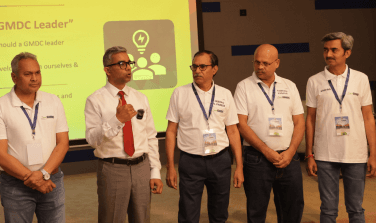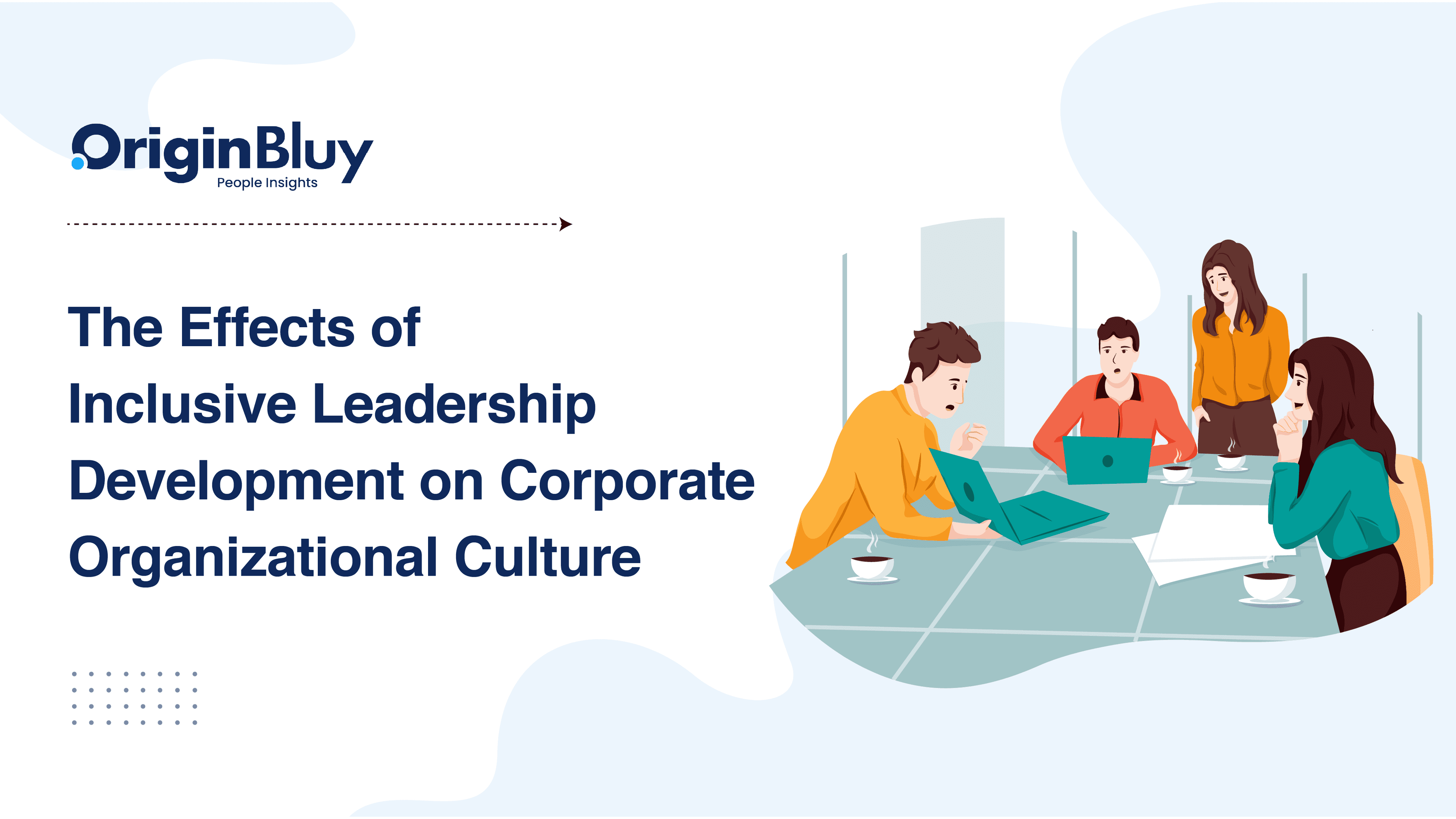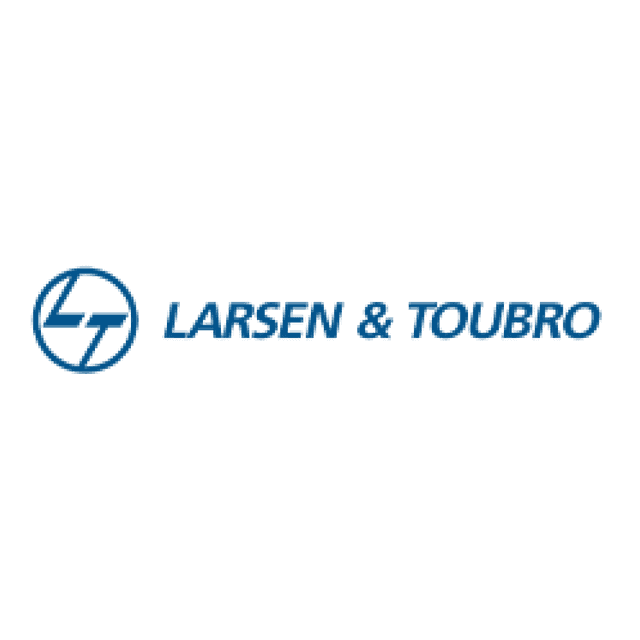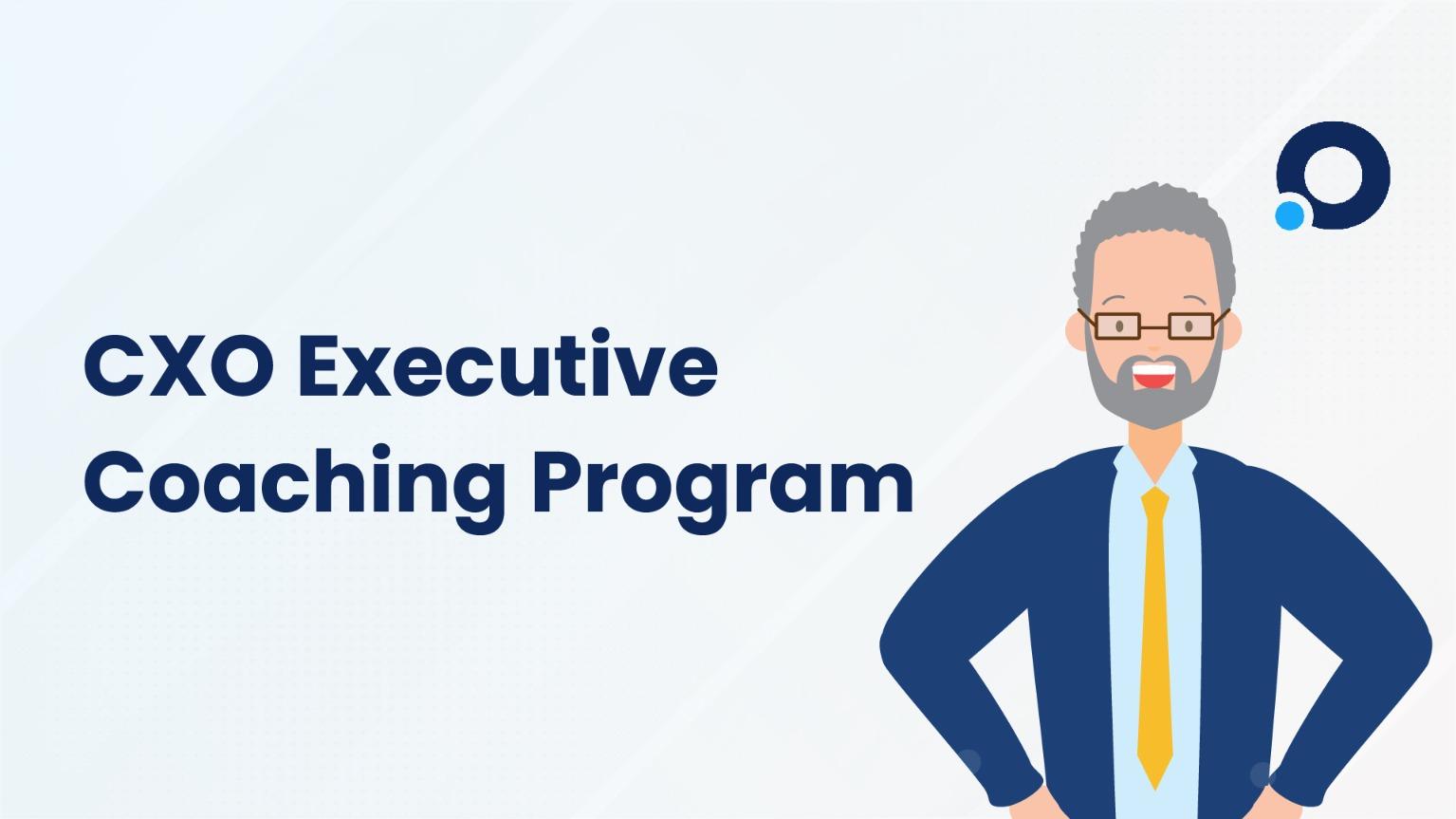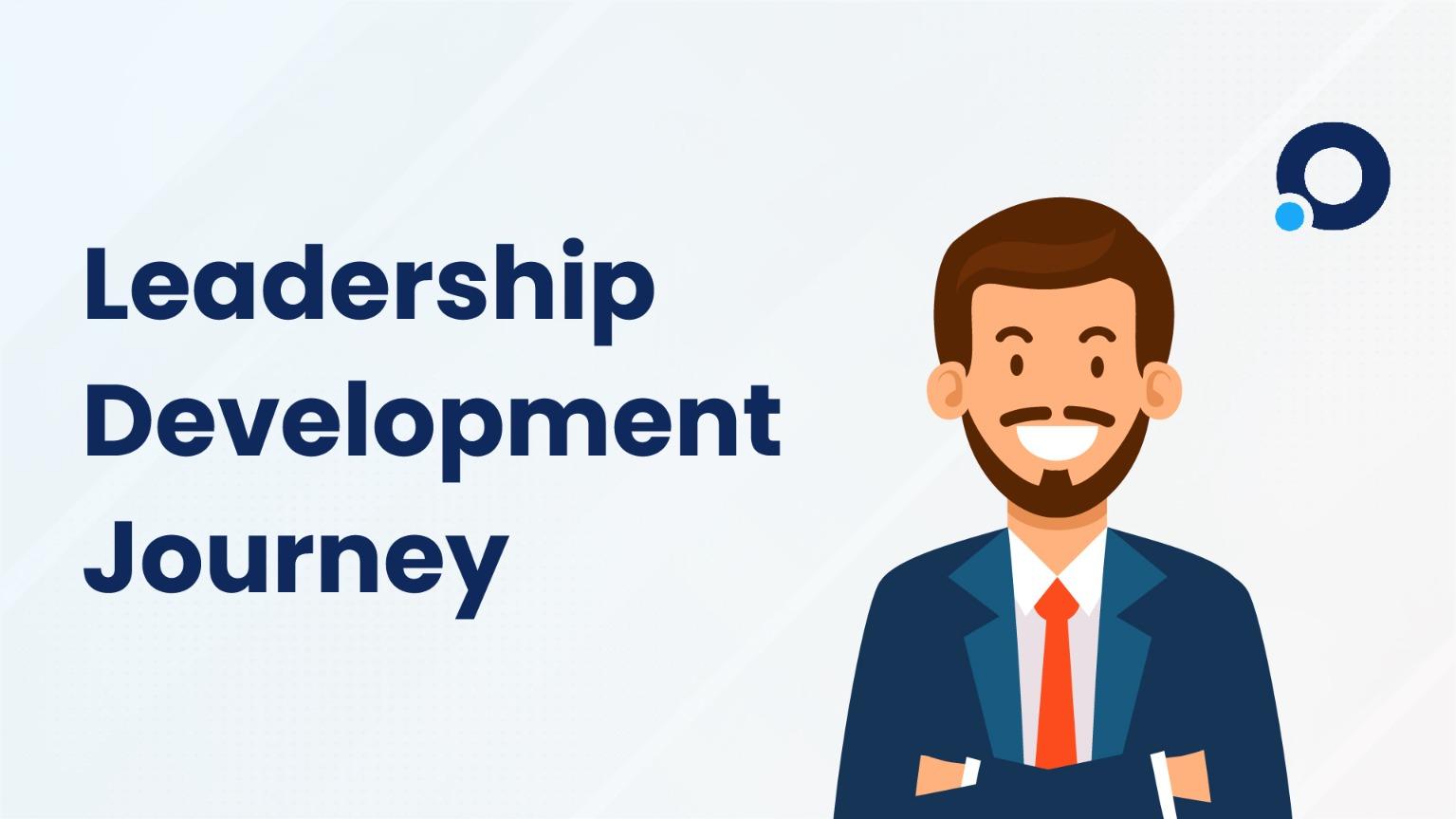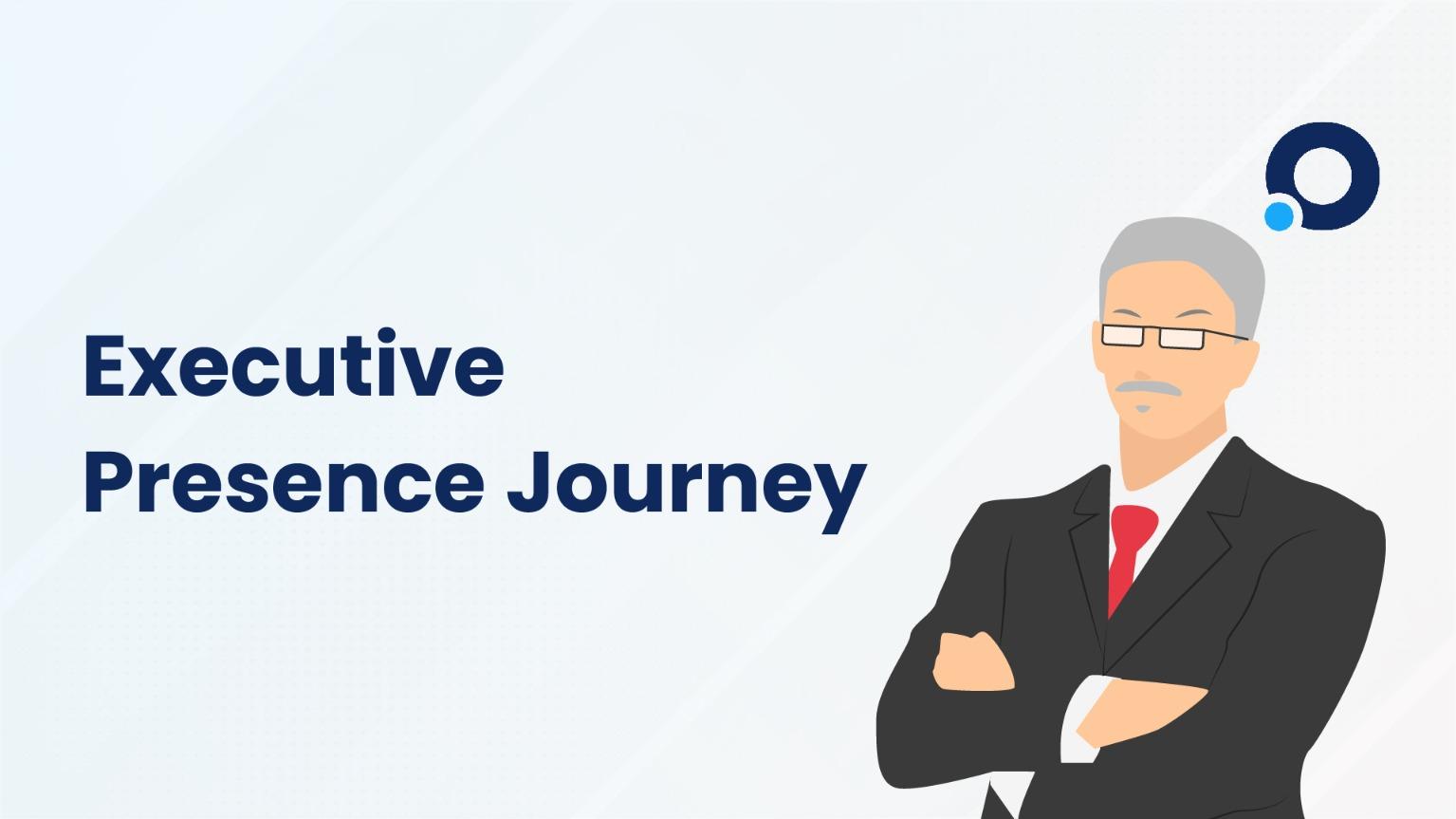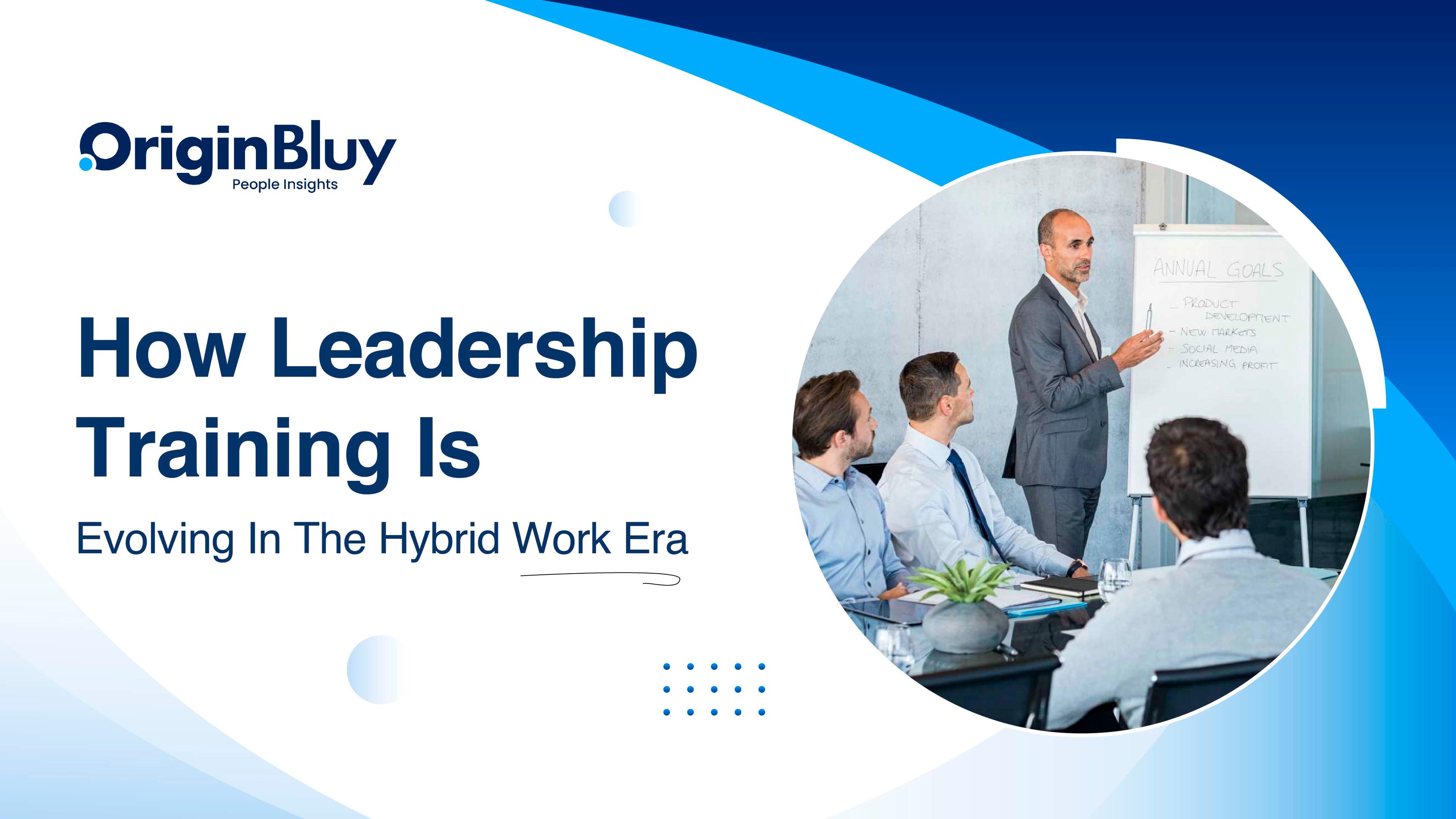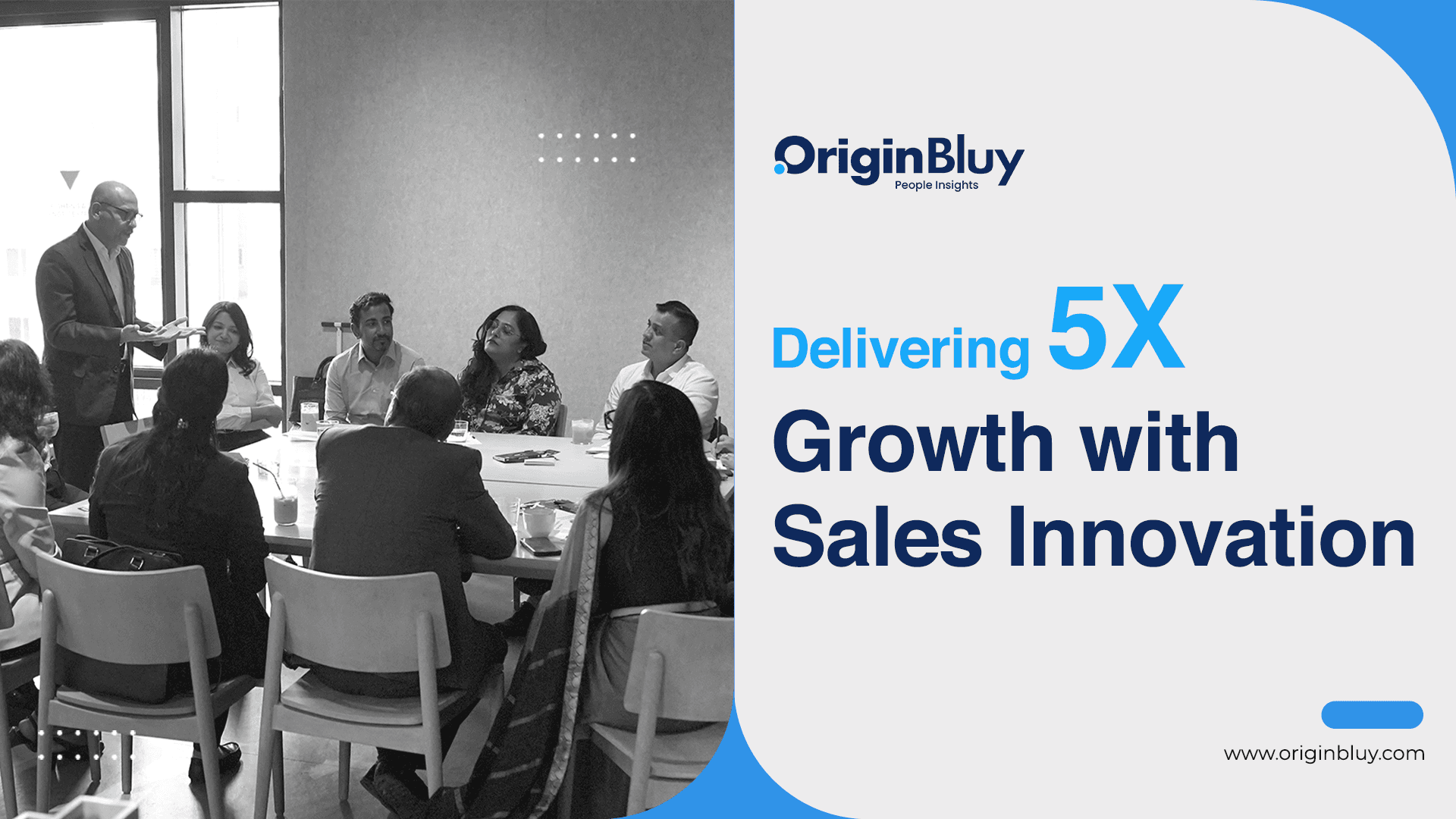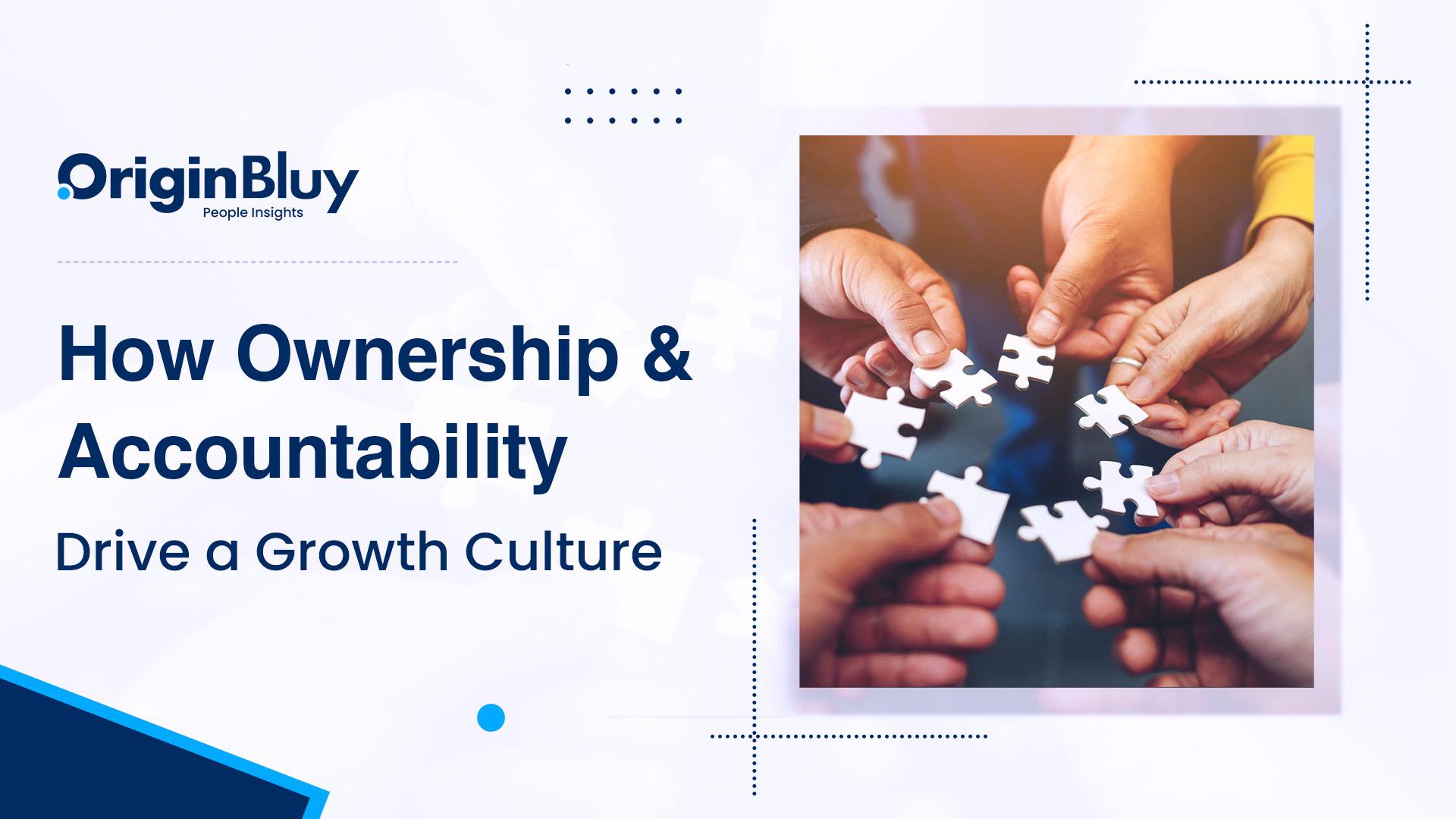Embracing Inclusive Leadership: Transforming Organizational Culture for Success
While conducting businesses in the contemporary world where people and markets are becoming more diverse and globalization is intensifying, the topic of inclusive leadership is attracting considerable attention. Inclusive leadership goes beyond diversity; it encompasses development of organisational culture in which all employees are valued, appreciated and encouraged to perform to their best potential. This approach to leadership transformation is crucial in enhancing the organisational culture that fosters collaboration, creativity and value for people. Including the idea of inclusive leadership programs in the organizational structures helps to improve the organizational culture as well as guarantee further success in the modern world.
The Advantages of Integration of Disability in The Workplace
Diversity and equality bases are among the critical success elements of the proper organism functioning. It helps to make that all employees, whether young or old, male or female, black or white, etc, always feel valued, seen and respected. It promotes trust, organizational commitment and, thus, workers’ productivity, as well as satisfaction of employers’ needs.
- Improved Staff Interactions: A study reveals that feeling included leads to organizational commitment and improved employee motivation. Hiring people with disabilities fosters the notion of inclusion resulting to increased levels of commitment and satisfaction with work. Apart from the productivity benefits, it is always lucrative to have employees who are passionate about their workplace and so promote the image of the employer to be good.
- Towards Fresh Approaches and Mechanisms to Support Innovation: The diverse employees come with all sorts of view, exposure and creativity to contribute to the company. It does so because differences in perspectives form new ideas while problem-solving by breaking the mold of typical ideas. These differences when implemented by the companies mean that solutions that address these markets’ needs are crafted from within the company, sparking creativity that makes solutions find success in a global marketplace.
- Stronger Team Dynamics: Diversity as implemented herein fosters communication and breaks down barriers of compartmentalization at the workplace. As employees are encouraged to embrace the culture of respecting other employees, the feeling of togetherness amongst the employees is enhanced hence boosting a better team performance. Successful teams who promote diversity are in a better place to manage themselves especially for every new condition.
The Role of Leadership Programs for Learners with Special Needs
Inclusion builds upon the premise of diversity where people, teams and organisations are guaranteed ways through which diversity equates to productivity. What is therefore needed is leadership that is able to close this gap. Effective leadership programmes which are inclusiveness based are intended to provide leaders with the appropriate tools and information to ensure equitable workplace environment.
- Cultural Blindness and Harassment Awareness Training: Prejudices are mostly hidden and may impact decision making at a deep level although unnoticed. There are also other leadership programs that are commenced with the aim of enhancing the recognition of given biases among leaders. This is true since the identity of leaders helps them in being aware of their blind spots hence enable them to make better decisions that are fairly orientated. Also, even cultural awareness training means that established leaders can now effectively understand and appreciate cultural differences and embrace organizational diversity.
- Training on Intercultural Competency for Managing Diverse Groups: The issue of managing a diverse work team is equally complex. Hence, the intentional inclusion of leadership programs focuses on disparate skills like emotional sensitivity, listening, and conflict management. Managers are taught to always focus on the strong points of each employee and always encourage the differences in a group.
- Frameworks for Equitable Decision-Making: They also extend inclusivity of leadership to include structures and concepts that foster fairness and equality in the organisation. Any time the organization is selecting candidates during recruitment, promotions, or when it is allocating resources, structures that have mechanisms that reduce biases where possible are beneficial. In leadership programs, participants are taken through processes of developing and adopting these frameworks for practice in organizations, with supportive principles of inclusion.
The Practical Implication of Inclusive Leadership Programs
Several reports have indicated that companies, which adopted inclusive leadership programs have seen remarkable cultural and organizational evolutions.
Case Study: Mumbai Corporate Training Services
An MNC’s premier corporate training organisation introduced an inclusive leadership programme aimed at facilitating an awareness of cultural diversity and equal opportunity among the top management. The program that was rolled out had trainings in implicit racial bias, the sponsorship of representing employee populations, and bonding exercises aimed at ‘the building of cultural sensitivity’ and ‘cultural understanding’.
The results were remarkable: The results were impressive showing the remarkable improvement of 25% of employee engagement and the successful achievement of increased innovative project proposals by the outcome of the organization. The outcomes of Top management’s involvement in culture was the ability to generate substantive ways that employees felt free to explore and unveil in order to create new opportunities for the company.
Implications derived from the Information collected from Various Corporate Training Companies in Delhi
In the corporate training companies in Delhi, there are ongoing efforts to appropriate the ideas of diversity into their leadership courses. They are engaging stakeholders to come up with programs that meet some of the diverse issues regarding diversity or inclusion. One of such measures was to provide managers with tools for managing teams with multicultural employees, which led to an increase in the performance of such teams by 30% as well as the level of conflicts decreasing on the workplace.
However, a broad analysis suggests that organizational culture is the biggest factor that determines the success of an organization through Inclusive Leadership and Psychological Safety.
Yet another principle of inclusive leadership is building processes to allow people to take risks, to share their ideas, and to advocate for themselves and others, all in a manner free from adverse consequences. I am a firm believer that psychological safety is the foundation of creating innovation as well as collaboration.
If psychological safety is valued by leaders, then they promote asking questions and trying out new things. Employees are free to come up with innovative concepts to pitch and willing to risk and take a chance because their insights will be appreciated and their errors considered as lessons. Leadership training includes psychological safety as one of the main components to focus on with leaders to enhance team relations.
The Extended Business Case for Diversity
- Improved Financial Performance: It was also noted that they tend to have competitive advantage in attracting and maintaining the best workforce, which results in improved organisational performance. Groups that are diverse also provide solutions that are more effective, creative and profitable.
- Enhanced Reputation: All consumers, partners and investors have a positive perception towards companies that embrace diversity. With more focus on the issue of diversity, speaking of a place accustomed to people from all walks of life, it also becomes a competitive advantage to any organisation.
- Resilience and Adaptability: Low-uncertainty-acceptance cultures are more sustainable in terms of successfully managing change. By capturing the pluralism of voices and insights, these organizations can learn faster and respond faster to new threats and opportunities.
Conclusion
Effective leadership is not just about popular additional practices; it is about being fully inclusive in creating a successful organizational atmosphere. They believe that by developing policies and practices that encourage every employee to bring his or her best to work, employers can energize their workforce. BP leadership programs, therefore, constitutes a critical vehicle for catalyzing this change by providing leaders with resources needed to lead the DE&I agenda.
Supporting the trend represent practical effects of the inclusive leadership programs, following the examples of Mumbai, Delhi, and other regions – starting with employees’ satisfaction to speaking about the boosted innovative capacities and better business outcomes. Leveraging diversity is on the table today because in the world of today, difference is inevitable but inclusion is what makes a business exceptional.
This means that the nurturing of inclusive leadership opens corporate doors towards creation of a culture that fosters togetherness, unleashing of creativity and innovation and overall organizational success in the current and future more complex world markets.






